SOURCE: IDRW.ORG
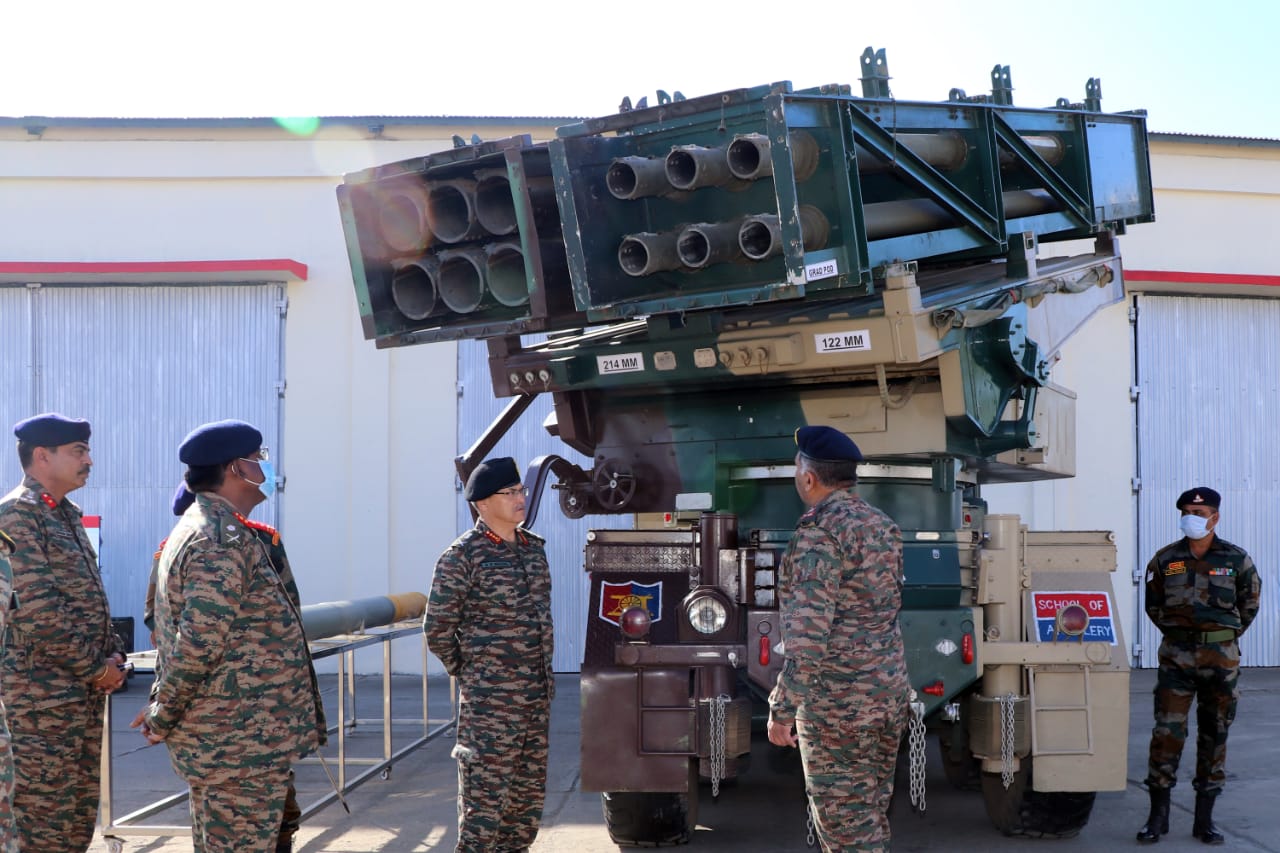
The Indian Army has initiated a strategic move to acquire and develop a cutting-edge Multi Barrel Loiter Munition (MBLM) System, a next-generation unmanned aerial platform designed to enhance its precision strike capabilities. Loiter munitions (LM), often referred to as “kamikaze drones,” are pre-fitted with warheads and can loiter over a designated target area, striking with pinpoint accuracy upon confirmation. This advanced system offers a tactical advantage by eliminating the need for additional personnel and allowing for mass deployment in battlefield conditions.
Loiter munitions represent a significant leap forward in modern warfare. Unlike traditional artillery or missile systems, these munitions can hover or loiter in the air over potential targets, gathering real-time intelligence before delivering a precise strike by crashing into the target. This ability to sense and strike dramatically improves the accuracy and effectiveness of the system, reducing collateral damage and ensuring high-value targets are neutralized.
Continue readingSOURCE: IDRW.ORG
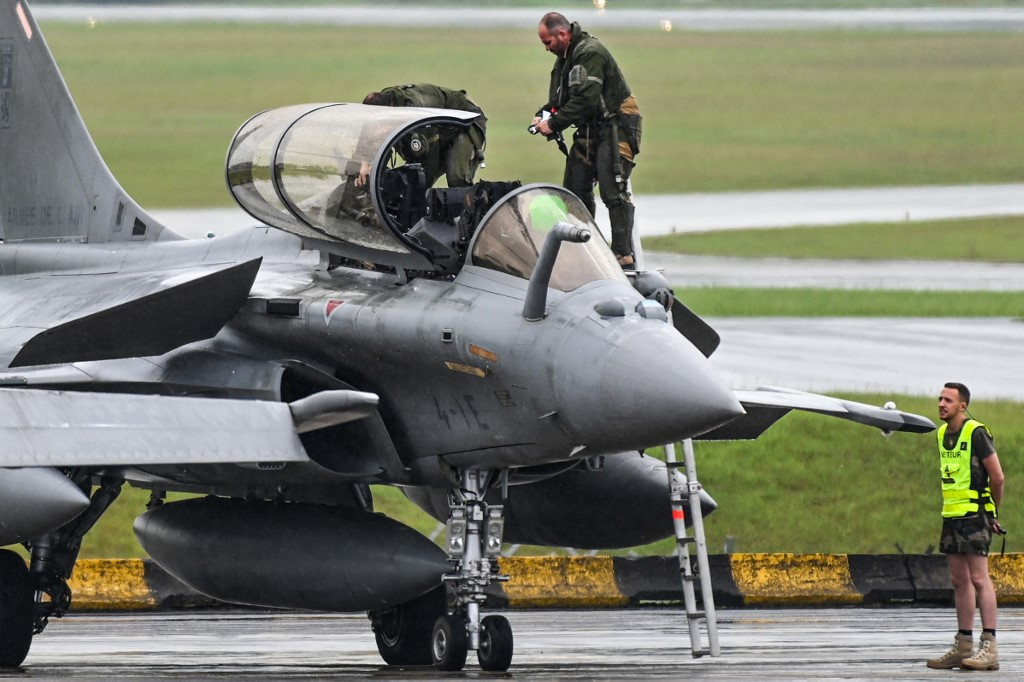
Recent claims from Dassault Aviation, the French aerospace giant, have drawn attention to the slow pace of its upgrade programs. Dassault has stated that it would take up to 8 years to replace the current RBE2 Active Phased Array Radar (RBE2 AESA) on the Rafale jets with India’s indigenously developed Uttam AESA radar, raising concerns over the speed of French aerospace projects. The announcement has brought back memories of the protracted Mirage-2000 upgrade program, which also faced delays and cost overruns.
Defence expert Ranesh Rajan, speaking to idrw.org, noted that this slow pace is not an isolated case. He recalled the lengthy process of upgrading 50 Mirage-2000 fighter jets of the Indian Air Force (IAF), a program that took over 8 years and became almost as expensive as purchasing brand new jets. According to Rajan, Dassault’s aerospace programs are notorious for their high costs and lengthy upgrade cycles, particularly when it comes to incorporating new technologies or configurations in their aircraft.
Continue readingSOURCE: RAUNAK KUNDE / NEWS BEAT / IDRW.ORG

The Eurofighter Typhoon consortium has quietly intensified its campaign to secure the Indian Air Force’s (IAF) lucrative tender for 114 fighter jets under the Multi-Role Fighter Aircraft (MRFA) program. The consortium has reportedly raised concerns with the Indian Ministry of Defence (MoD) regarding Dassault Aviation’s ability to meet India’s price expectations and delivery timelines for its Rafale jets, which are also competing in the MRFA program.
According to MoD sources cited by idrw.org, Dassault has been facing difficulties scaling up its production of Rafale jets at its facility in France. The French company is expected to reach a production rate of only 24 jets annually by 2025, leading to questions about whether Dassault can meet the stringent delivery schedule outlined by India. Furthermore, Dassault’s plans to produce Rafale jets at a new facility in India face complications. The company reportedly insists on full control over its Indian production plant, a condition that may not align with India’s expectations for technology transfer and local partnership under the “Make in India” initiative.
Continue readingSOURCE: RAUNAK KUNDE / NEWS BEAT / IDRW.ORG
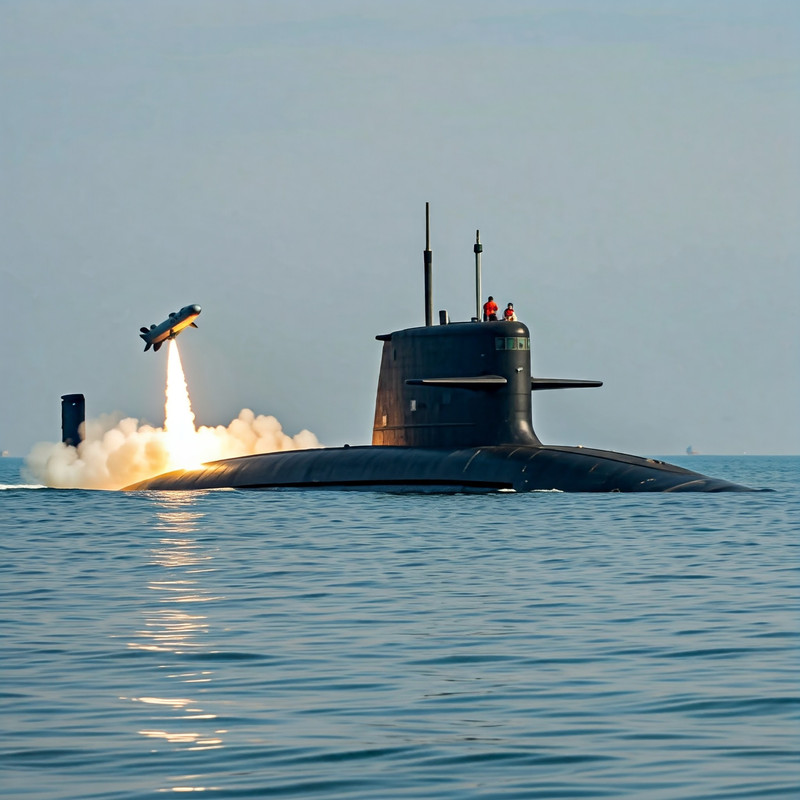
India’s quest for self-reliance in underwater warfare takes a significant leap forward with Project-76, a program aimed at developing next-generation, indigenous submarines equipped with a Vertical Launching System (VLS). This marks a major advancement in Indian naval capabilities, offering the potential to launch long-range land-attack and anti-ship cruise missiles, significantly enhancing offensive and defensive capabilities.
Project-76 submarines are being designed by the Warship Design Bureau (WDB) with a targeted displacement of 3,000 tons. This design choice offers greater submerged volume compared to previous classes, allowing for advanced features and increased operational flexibility.
Continue readingSOURCE: RAUNAK KUNDE / NEWS BEAT / IDRW.ORG
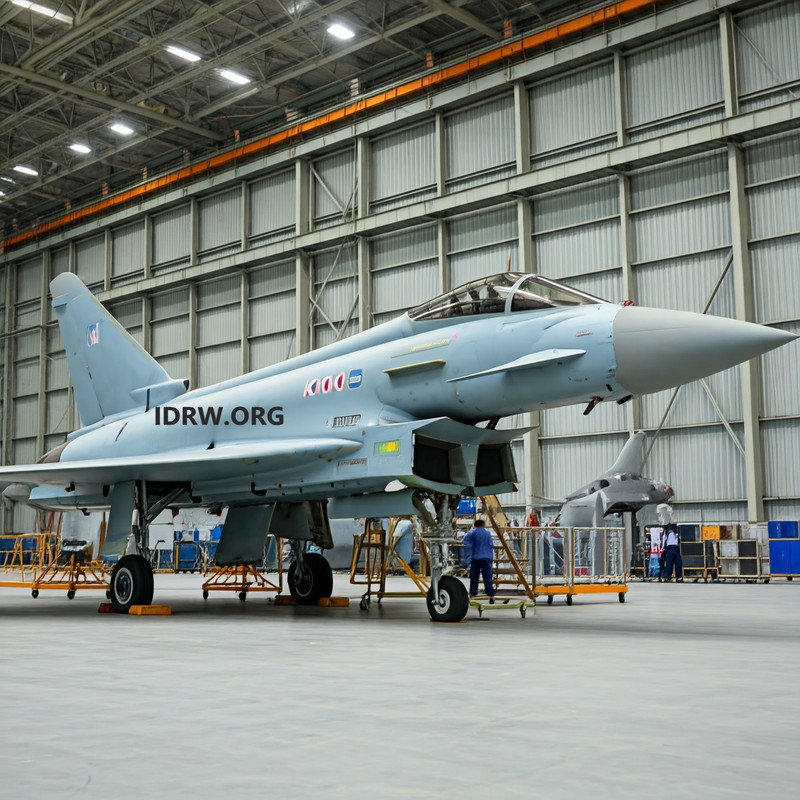
A senior Indian Air Force (IAF) official, speaking anonymously to idrw.org, has expressed a preference for private sector companies to be involved in the production of the fighter jet chosen in the upcoming MRFA (Multi-Role Fighter Aircraft) tender. This tender aims to acquire 114 fighter jets for the IAF.
The official cited Hindustan Aeronautics Limited (HAL), India’s state-owned aerospace company, as having a full workload. HAL is close to securing additional orders for 97 Tejas Mk1A fighter jets, on top of the 83 already ordered in 2021. Additionally, HAL is responsible for the Tejas MkII program, partnered with the 5.5th generation AMCA program, and will handle the production of the HTT-40 trainer aircraft. Plans also include the HLFT-42 supersonic trainer program.
Continue readingSOURCE: IDRW.ORG
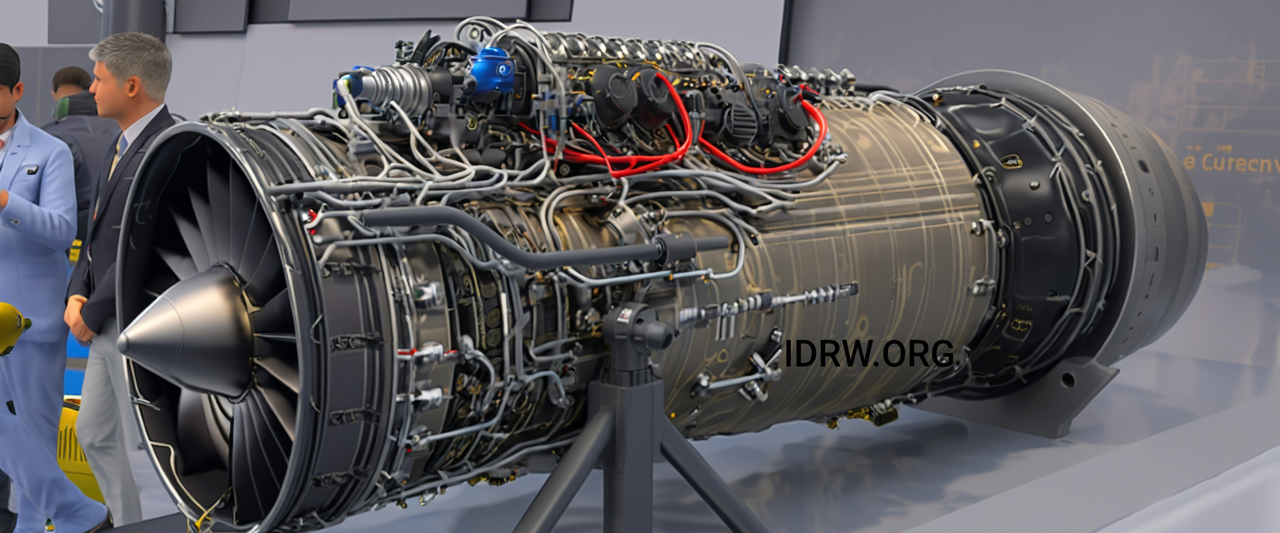
France has expressed its commitment to support India’s ambitious 110kN engine development program. This collaboration marks a significant step forward in India’s efforts to achieve self-sufficiency in defense manufacturing.
As part of the agreement, France will provide technical expertise and support for the development of the 110kN engine, which is intended for use in India’s advanced medium combat aircraft (AMCA) program. This engine is considered crucial for India’s defense capabilities and will enable the AMCA to achieve long-range strike capabilities.
Continue readingSOURCE: IDRW.ORG TEAM
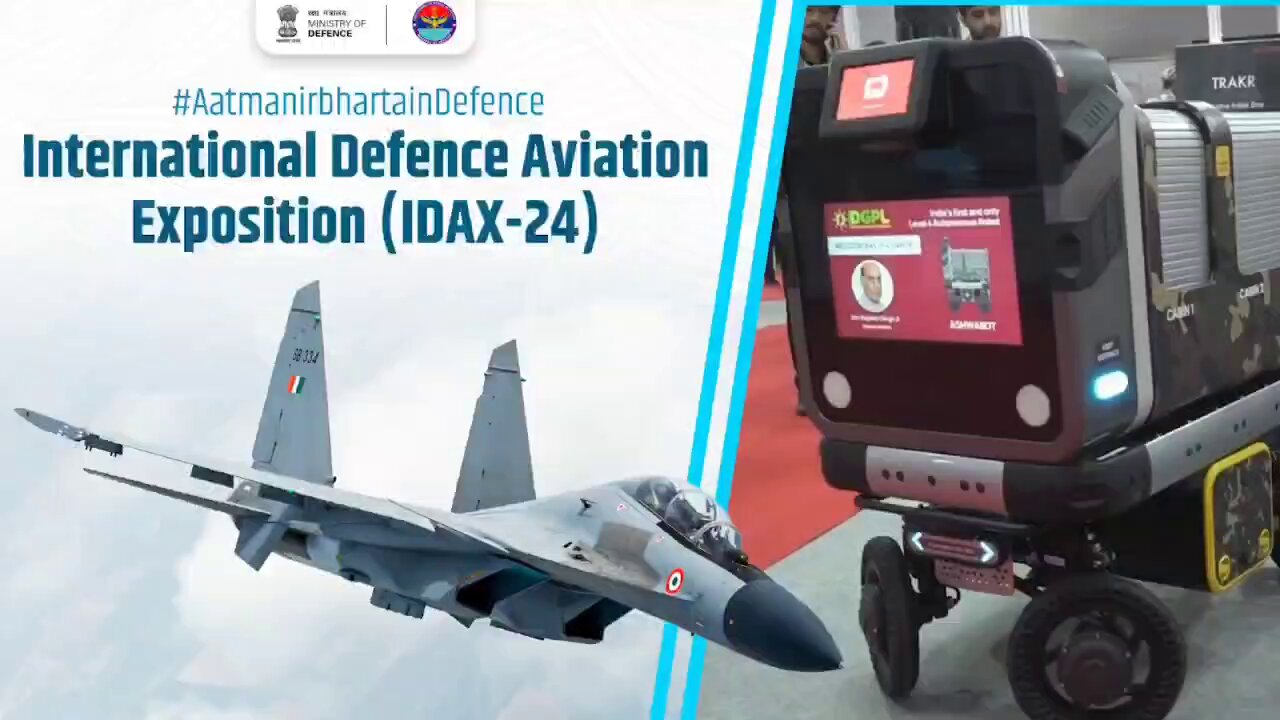
India’s journey towards self-reliance in defence, encapsulated in the vision of Aatmanirbharta, continues to gain momentum with home-grown innovations. One of the latest examples is the AshwaBot, an advanced all-terrain robotic system developed by DefTech and GreenIndia Pvt Ltd, two start-ups supported by the Ministry of Defence’s iDEX (Innovations for Defence Excellence) initiative. This cutting-edge unmanned ground vehicle (UGV) exemplifies India’s growing capacity to design and manufacture critical defence technologies domestically.
The AshwaBot is a versatile UGV that can tackle rugged and diverse terrains with ease, making it ideal for military operations in difficult environments. With a top speed of 35 km/h, it is capable of keeping up with rapid deployment scenarios and can carry a payload of up to 100 kg, providing substantial logistical support during missions. This combination of speed and payload capacity makes AshwaBot suitable for a variety of tasks, from resupply and reconnaissance to transport of equipment and potential evacuation of injured personnel.
Continue readingSOURCE: RAUNAK KUNDE / NEWS BEAT / IDRW.ORG
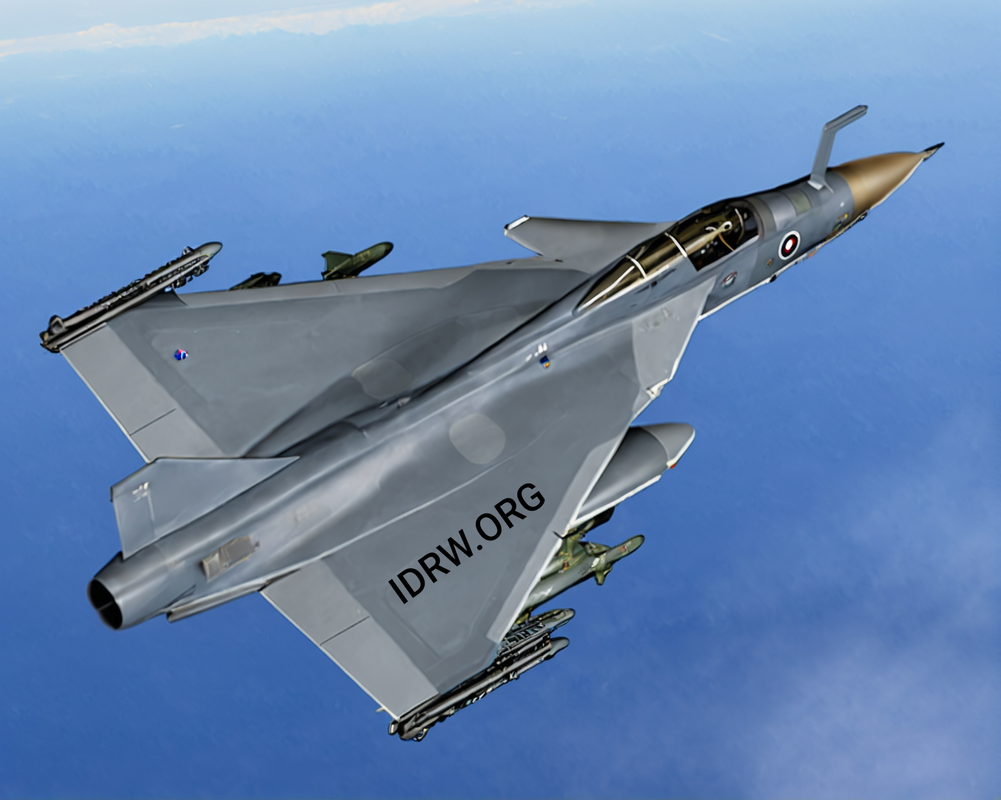
The Indian aerospace industry is witnessing a paradigm shift towards self-reliance with the Tejas Mk2 fighter jet program. According to Prabhulla Chandran VK, director of avionics and weapons systems at the Aeronautical Development Agency (ADA), the Tejas Mk2 is poised to achieve a remarkable 90% indigenous content when it enters production in 2031.
The journey towards self-reliance for the Tejas Mk2 will be a staged ascent. The initial prototype, expected in 2026, will boast over 70% indigenous components. This impressive feat signifies substantial progress compared to its predecessor, the Tejas Mk1A, which is expected to reach 70% indigenous content within the next four years.
Continue readingSOURCE: RAUNAK KUNDE / NEWS BEAT / IDRW.ORG
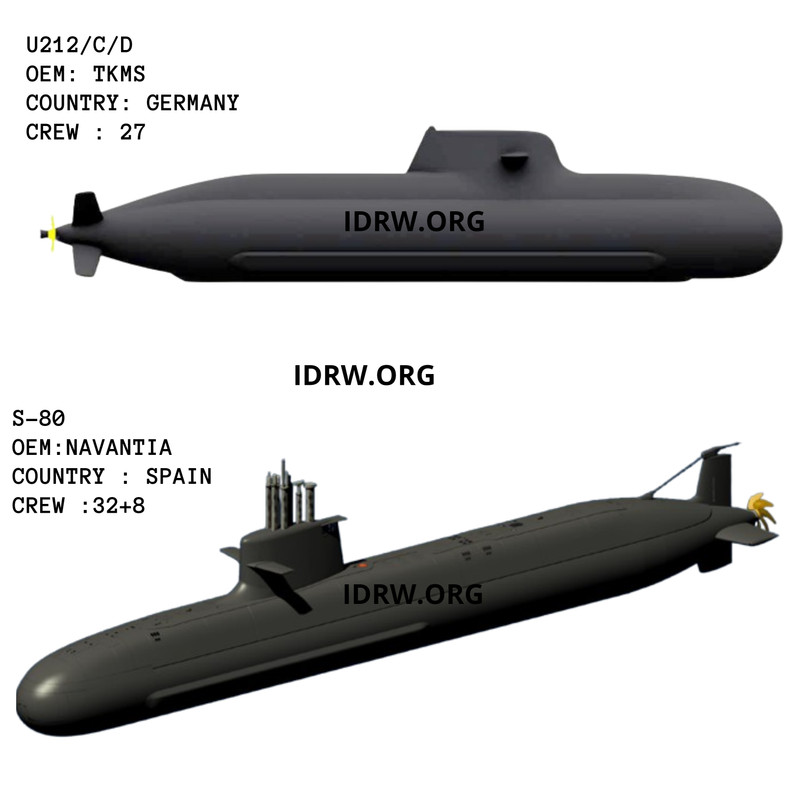
The competition for India’s prestigious P-75(I) submarine tender has taken an unexpected turn, with Spain’s Navantia challenging the leading position of ThyssenKrupp Marine Systems (TKMS) of Germany. Navantia has urged the Indian Ministry of Defence (MoD) to decide the winner of the contract based on a price discovery method, rather than relying on the results of the Air Independent Propulsion (AIP) system field evaluation trials (FET). This move could significantly impact the outcome of the tender for six submarines, a contract that is crucial for modernizing the Indian Navy’s underwater fleet.
Price discovery is a method where the market price of an asset is determined through the interaction of buyers and sellers. Navantia’s call for the Indian MoD to prioritize pricing in the decision-making process reflects a belief that they can offer the S-80 Plus submarines at a more competitive cost compared to TKMS. While this could be advantageous for India from a financial perspective, it diverts attention from the technical evaluations, especially the critical AIP systems that would provide submarines with enhanced endurance and stealth capabilities underwater.
Continue readingSOURCE: RAUNAK KUNDE / NEWS BEAT / IDRW.ORG
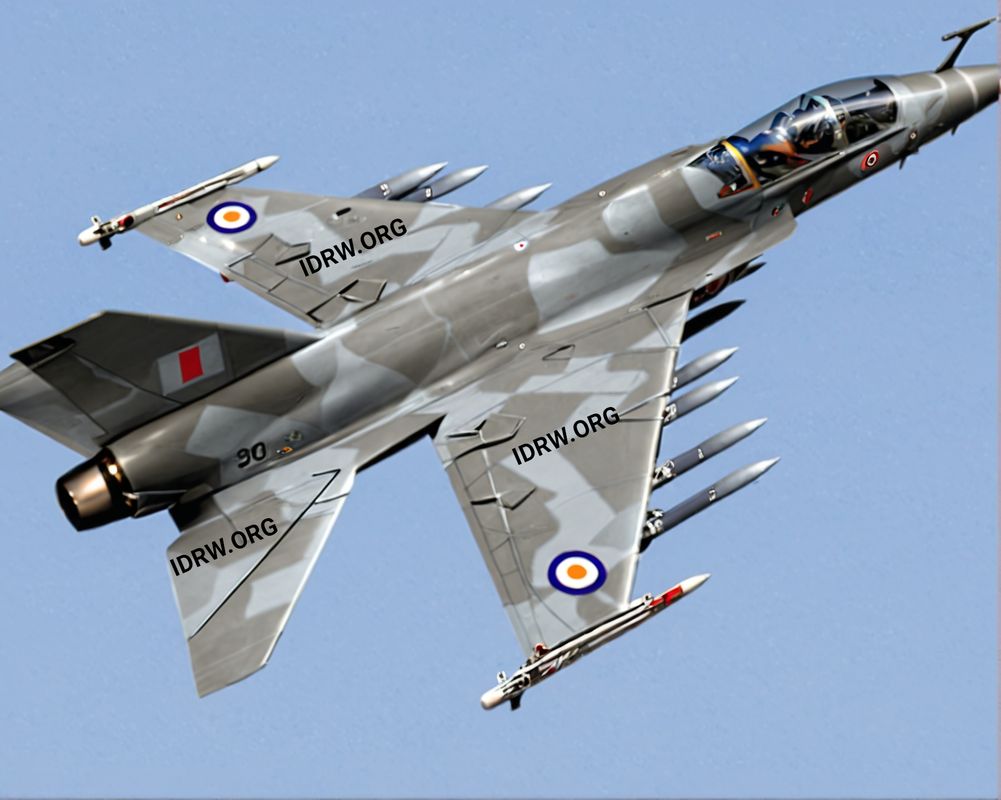
Hindustan Aeronautics Limited’s (HAL) ambitious HLFT-42 program, introduced in 2023 as the “Next-Gen Supersonic Trainer,” is undergoing further design refinements. With plans for additional wind tunnel testing, HAL aims to fine-tune the platform, which captured widespread attention for its impressive capabilities and potential to meet both training and combat needs for the Indian Air Force (IAF).
The HLFT-42 is designed to be much more than a typical supersonic trainer. With a 4.5-ton weapon payload capacity and a 16.5-ton Maximum Take-Off Weight (MTOW), the aircraft promises to not only provide advanced pilot training for 4th and 5th-generation fighter jets but also serve as a light combat jet. This versatility offers the potential for multi-role missions, making the aircraft a valuable addition to the IAF’s fleet, particularly for combat teaming scenarios.
Continue readingSOURCE: IDRW.ORG
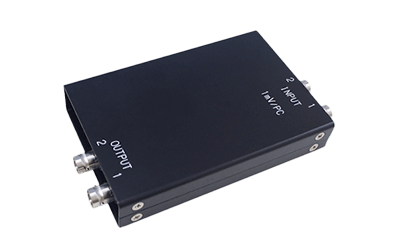
In a significant development for India’s indigenous fighter program, Bengaluru-based Varchas Aerospace Private Limited has been selected by Hindustan Aeronautics Limited (HAL) to replace a critical component of the Tejas Mk-1A aircraft. This move comes after a recent Danish export blacklist on a previously sourced engine charge amplifier threatened to delay the Tejas program.
The blacklisting was due to concerns regarding potential re-export to Russia in light of the ongoing conflict in Ukraine. To address this challenge and ensure program continuity, HAL entrusted Varchas Aerospace with the development of a locally manufactured engine charge amplifier.
Continue readingSOURCE: IDRW.ORG
ADE, a leading developer of Unmanned Aerial Vehicles (UAVs), is actively working to indigenize critical components of its UAV fuel systems. To ensure uninterrupted fuel supply to the engine at all altitudes, attitudes, and airspeeds, these systems rely on various Line Replaceable Units (LRUs) such as pumps and valves. However, many of these components are currently manufactured exclusively by foreign manufacturers, hindering India’s self-sufficiency in UAV technology.
To address this challenge, ADE has identified ten essential long lead components that need to be indigenized:
Continue readingSOURCE: RAUNAK KUNDE / NEWS BEAT / IDRW.ORG

In response to emerging maritime threats and the evolving nature of warfare, the Indian Navy has called on private sector companies to collaborate in developing a Naval-Collaborative Combat Air Vehicle (N-CCAV). This initiative is aimed at addressing growing challenges posed by Anti-Access/Area Denial (A2/AD) capabilities and modern integrated air defense systems at sea. The Navy envisions the N-CCAV to complement its existing combat assets, provide cost-effective strike capabilities, and enhance operational flexibility in contested maritime environments.
In light of these challenges, the Indian Navy has expressed the urgent need to restore its counter-air and air-to-surface capabilities, particularly in the presence of high-end A2/AD threats. To address these gaps, the Navy seeks to develop Collaborative Combat Air Vehicles (CCAV), which will provide the following advantages:
Continue readingSOURCE: RAUNAK KUNDE / NEWS BEAT / IDRW.ORG
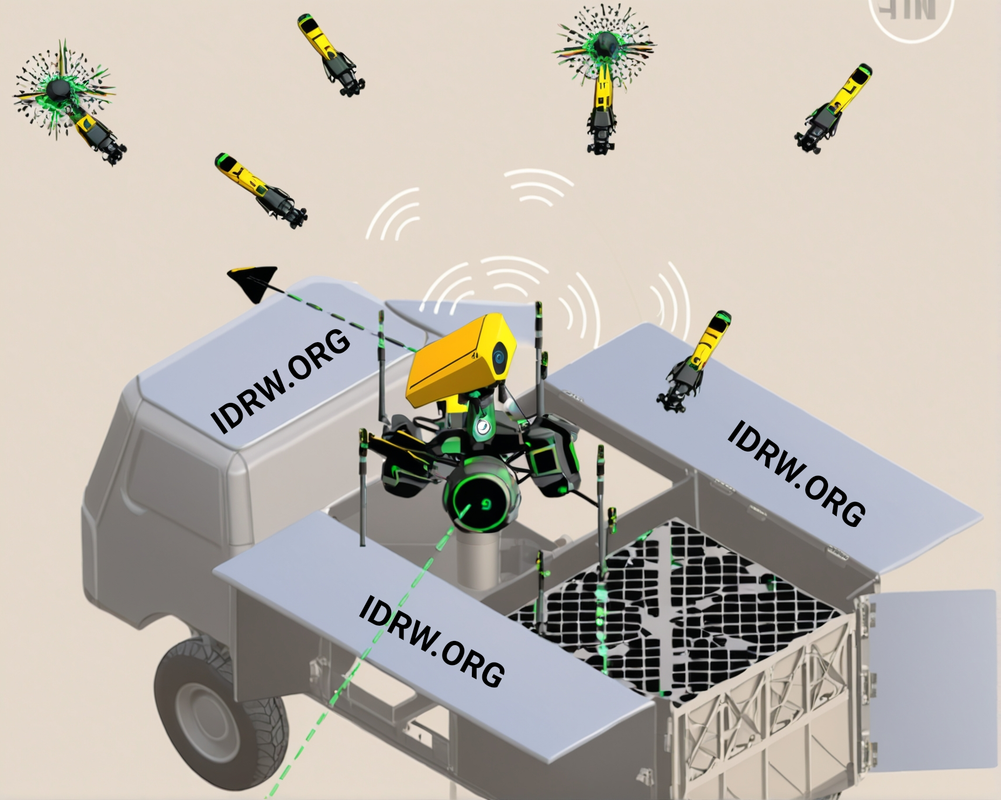
In response to the growing threat of drone swarms targeting vital installations, the Indian Air Force (IAF) has called on private sector companies to collaborate in the design and development of a multi-domain launch capable loitering aerial interceptor system. This innovative solution aims to counter swarm-drone attacks, one of the most pressing challenges in modern air defense. The system will feature autonomous, multi-drone swarms capable of neutralizing multiple airborne threats with a combination of hard and soft kill mechanisms.
The IAF recognizes that the use of drone swarms by adversaries has introduced a complex threat environment. Swarms are difficult to intercept using traditional methods due to their distributed nature, speed, and collaborative behavior. As such, the IAF’s vision is to develop an autonomous system that can intercept, engage, and neutralize multiple drones simultaneously.
Continue readingSOURCE: RAUNAK KUNDE / NEWS BEAT / IDRW.ORG

The Indian Air Force (IAF) is seeking innovative solutions from private sector companies to design and develop a road-mobile tethered aerostat system with integrated radar and communication capabilities. The goal is to enhance low-level radar and communication coverage over a range of 80-120 kilometers, overcoming the limitations imposed by the radio line of sight. This advanced system will play a critical role in improving aerial object detection, tracking, and communication relay, especially in remote and challenging environments.
The increasing complexity of air defense and surveillance requires systems that can provide long-range radar coverage and effective communication at low altitudes. Traditional ground-based systems face limitations due to the curvature of the Earth and obstacles in the terrain, which affect the radio line of sight. The solution the IAF envisions is a tethered aerostat system—a portable, road-mobile technology that can elevate radars and communication equipment to heights of 2,000 to 5,000 feet above ground level (AGL), thereby expanding the line of sight and providing coverage over a much larger area.
Continue reading